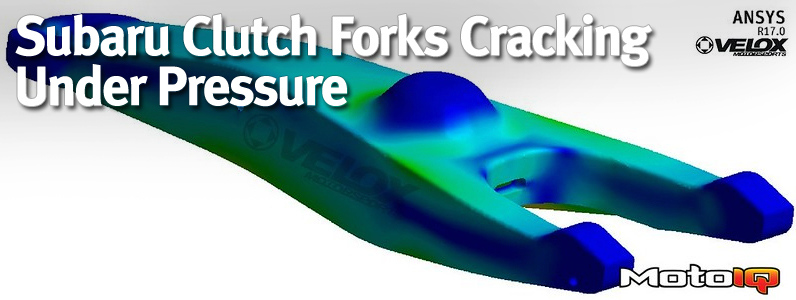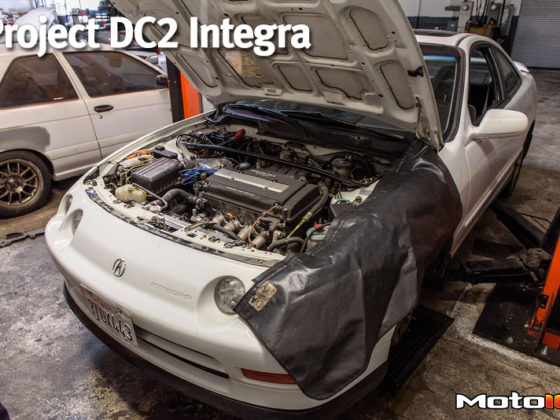,
To conclude the crash course, the factory clutch forks are being stressed over yield strength and are being plastically deformed. A new clutch fork must be designed that keeps maximum stress well under the yield strength with minimal deformation, even with clutches with higher clamp loads than stock.
What the fork, Subaru?
In Subaru’s defense, they did not plan or intend the clutch fork to be used with pressure plates 2, 3, and 4 times the strength of OEM. To keep costs as low as possible, they used what was necessary and nothing more, but enthusiasts always want more!

To move forward, a baseline is needed to start from. This gives a starting point to compare to, as well as serve as a visuals aid on where the clutch fork needs improvements. With a pair of calipers to measure some critical dimensions and a digital scanner to collect surface data, Velox set out to recreate the OEM units in CAD for analysis purposes.


To do an analysis of the stock Subaru clutch fork, it was first digitized and cleaned it up in CAD using some actual physical measurements. From this model, the fork design was loaded into ANSYS to do some FEA stress analysis of the part. ANSYS first meshes over the surface to begin the analysis. Meshing is creating a mathematical “mesh” over the part. Analyzing distortions of the mesh under stress is a super simplified explanation of how FEA works.
Let’s look at what we are dealing with:
For complex situations like this, Velox practices Computer Aided Engineering (CAE). In this case, that would be using Finite Element Analysis (FEA). Our analysis software of choice is ANSYS. ANSYS is at the top tier of stress analysis software and is used in over 90% of the top 100 fortune 500 companies, F1, NASCAR, etc. It’s a very powerful software.
So with all the inputs plugged in, like material properties, loading, and fixturing, after running mesh sensitivity studies (this is making sure that the meshing used for analysis is fine enough by comparing the FEA output to known material properties), and setting up the legend correctly, an FEA output was obtained. Below are some photos of the Von-Mises stress analysis on the OEM clutch forks. Von-Mises stress is the amount of stress developed by flexing a part. You want to make sure this is less than the yield strength of your material in order to make a part that won’t fail. The color red is set to yield strength, anything in pink is above yield strength, and cooler colors (green/blue) are lower stresses.





